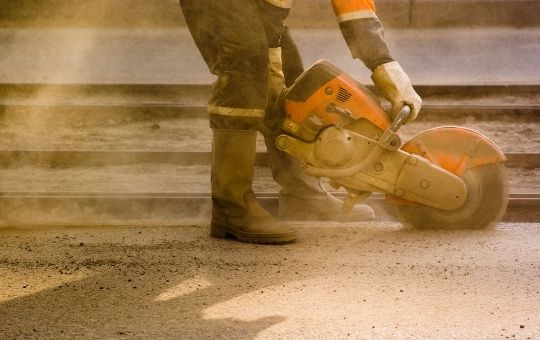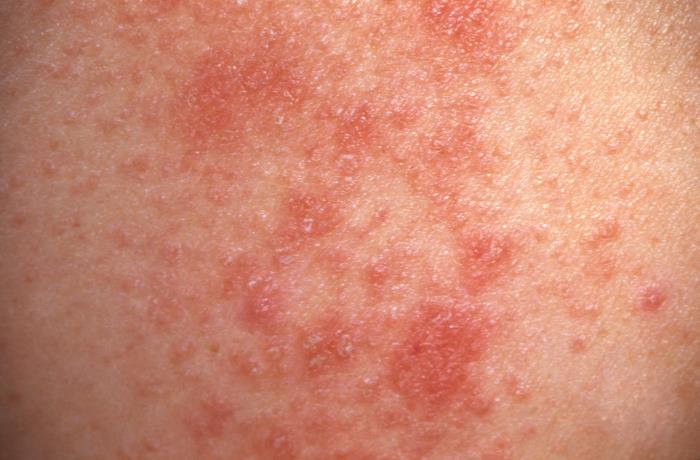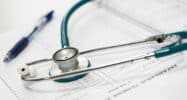Health Surveillance
Health surveillance is a system of ongoing health checks. These health checks may be required by law for employees who are exposed to certain health risks due to their employment.
During health surveillance assessments, occupational health physicians are able to detect early signs of work-related ill health and highlight causes for concern to employers who can take action to prevent further harm and protect their employees.
Why is health surveillance important?
All employers have a duty of care to their employees. This means that they must to take reasonable care of employee safety, avoid exposing them to unnecessary risks, and ensure a safe system of working.
Some jobs carry certain risks and some risks are unavoidable: this is where health surveillance comes in. It monitors the health of employees to assess whether risk factors are adversely affecting the health of employees, and if it so, what measures can be undertaken to mitigate any effects.
Employees benefit from accurate, independent monitoring of health conditions that could potentially be brought on or made worse through known workplace risks, such as:
- Noise-induced hearing loss
- Respiratory disease
- Skin disorders
- Musculoskeletal disorders
- Work-related stress
Health surveillance can provide invaluable feedback on workplace risk factors, highlighting areas of concern or where improved training or education of employees is required – for example in the use of appropriate protective equipment.
Our services include:
- Spirometry
- Audiometry
- Skin Assessment
- Hand Arm Vibration assessment
We are a SEQOHS-accredited private clinic

Hand-arm vibration syndrome (HAVS) Assessment
HAVS stands for Hand Arm Vibration Syndrome. This is the collection of conditions which can develop in people who are exposed to vibration in their hands and arms, usually a result of frequently using hand-held power tools.
Symptoms of HAVS include vibration white finger (when it affects the circulation), numbness and reduced dexterity (when it affects the nerves), carpal tunnel syndrome, and other conditions of the arm/hand.
HAVS cannot be cured, the damage is permanent. The priority is to prevent it occurring in the first place, or halt its progression. Employers must provide health surveillance (periodic monitoring) of workers exposed to hand/arm vibration. Health surveillance helps to show if the measures used to control and limit vibration exposure are working properly, and it helps to identify those people who have the condition so that measures can be taken to prevent progression.

Audiometry
Exposure to excessive noise levels at work can be harmful. Prolonged exposure can lead to deafness, ringing in the ears and/ or other ear conditions. If your employee is exposed to prolonged excessive noise for their job, it is worth putting in place noise assessment with an independent PH physician for health surveillance.
Monitoring your employees will highlight those who are suffering from early signs of hearing damage and give you an opportunity to do something to prevent the damage getting worse. It is important for employers to protect the hearing of their employees.

Spirometry
Spirometry is a key test in assessing lung function in workers.
Under Control of Substances Hazardous to Health (COSHH) Regulations 2004, employers are required to undertake spirometry as part of a health surveillance programme where workers could be exposed to respiratory sensitisers such as dust, gases, fumes, mists, vapours, or pathogens.
Spirometry assessment involved completing a medical questionnaire, followed by the spirometry test where you are asked to breath into a machine so it can assess lung capacity and function.
Spirometry is usually performed initially for new starters, and then periodically (usually annually) for those who continue to work with respiratory sensitizers. This allows the workplace to make comparisons year on year to detect any early signs of lung deterioration that could signify disease and tackle any issues before it becomes a serious problem.

Skin Assessments
Certain occupations can expose workers to irritating agents that can lead to skin damage and disease.
Irritants such as UV, chemicals, latex, solvents, oils and resins can be responsible for skin disease.
Skin assessments are usually performed initially for new starters, and then periodically (usually annually) for those who continue to work with skin sensitizers. This allows the workplace to make yearly comparisons to detect any early signs of skin disease and tackle any issues before they become a serious problem.
A skin assessment involves completing a short questionnaire, followed by an inspection of the skin by one of our occupational health practitioners.
Protect your employees health - Enquire today.
When it comes to your health, experience is everything.
Experience translates into good clinical judgement, early and accurate diagnosis, timely treatment, and excellent, all-round care. It also brings fast access to a broad network of world-class specialists across the full range of medical and surgical disciplines.
When it comes to delivering excellence in private medical care, experience counts.

FAQs
The doctor will first ask you about your work with vibrating tools, employment history, and general medical history. He/she will then conduct a non-invasive examination including some standard tests to assess the nerves and circulation in the hands and upper limb.
The doctor may also undertake a broader examination, for example listening to your heart and lungs. The examination takes about one hour.
Following the assessment the doctor will advise you of their opinion and any implications this might have for your work. Following a discussion with you they will write a report to your employer to give advice regarding your fitness for work with hand/arm vibration.
The report will include the HAVS diagnosis, and the stage of the condition (how advanced it is).
You may be referred for an assessment with the Occupational Health Doctor if you are undergoing health surveillance for HAVS, and if the Occupational Health Nurse is concerned that you may have symptoms or signs of the condition. The purpose of the assessment with the doctor is to make a formal diagnosis, and to give advice on measures required to prevent progression.



